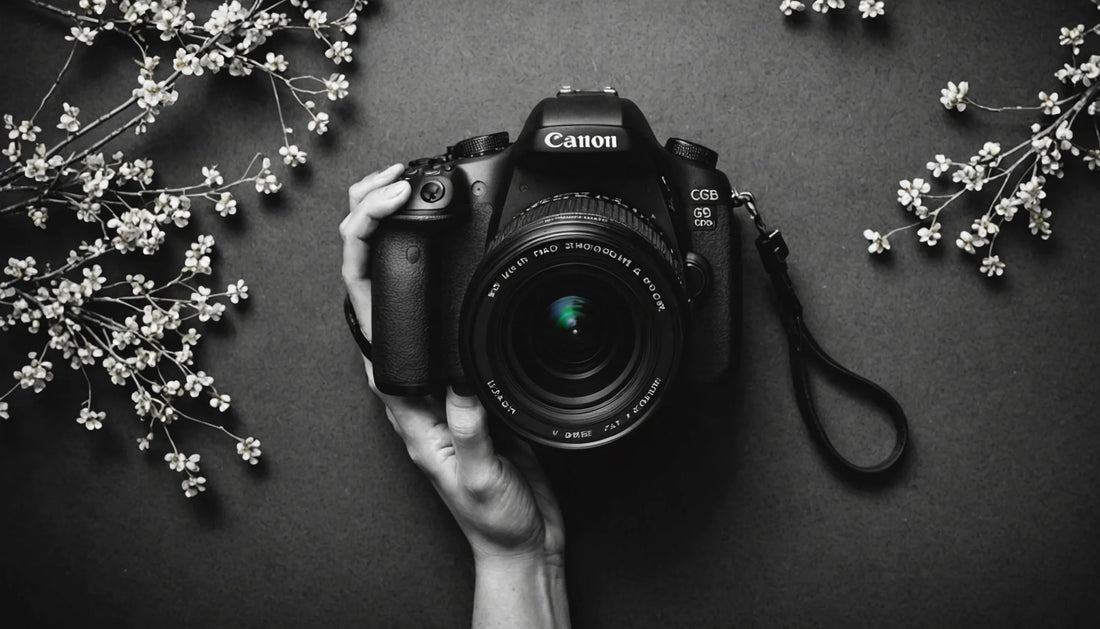Students of Celtic culture and mythology, as well as people interested in the esoteric, mystical, sacred geometry and/or neopaganism, have often noticed that 3 is an especially important number in many traditions, the Celtic in particular. Some examples of this include the shamrock, which is a three-leafed plant, the triple aspect of ancient gods and goddesses, and the ancient triple spiral symbol, also known as the triskele.
The idea of the Triple Goddess is especially popular in Wiccan and neopagan circles. Robert Graves helped to bring this idea to the modern world in his influential book, The White Goddess. Graves, and many others to follow, illustrated the archetype of the Mother, Maiden and Crone as the triple aspects of the one Goddess.
Scholars have criticized the literal truth of Graves’ work, and while it definitely has a poetic logic to it, it probably is oversimplified as a description of ancient Celtic symbolism or cosmology. Nevertheless, the Celts have always thought in threes, and this includes their mythology. The goddess Brigit, in many tellings, is not one entity but three sisters -a poetess, a smith and a doctor.
The shamrock is often associated with St. Patrick, and this symbol is prevalent on St. Patrick’s Day. This saint supposedly used the shamrock to illustrate the principle of the Trinity when bringing Christianity to Ireland. Prior to this, the shamrock was held sacred by the druids, who may have associated it with the Triple Goddess. Thus, the sacredness of 3 was maintained from the pagan to the Christian era in Celtic lands.
The Triskele, or triple spiral is a symbol found in very ancient, even pre-Celtic sites in the British isles, such as Newgrange. With something like this, dating back to prehistory, it’s hard to say exactly what it meant –other than that people have held the number 3 as significant for a very long time.
Today, Celtic symbols are resurfacing in the form of art, jewelry and tattoos. While not all of these illustrate the “power of 3,” if you take notice you will probably find a surprising occurrence of threes in Celtic images even now.





